I'm trying to drive a 5V 200mA fan from a PCF8574 powered by 3.3 V. For context, I asked a separate question about using active low vs high on this expander, and @Justme recommended using a high-side PNP (instead of a low-side NPN with a PNP driver), driven low by the GPIO.
You could use a single 200 mA PNP transistor or P-FET as a high-side switch from the GPIO to drive the fan.
Note: JM said single PNP, inferring to me that the base would be connected to the GPIO, unless perhaps this wasn't considering the voltage difference?
A single PNP would be desirable as I'd like to reduce the number of BJTs in my circuit.
However, I read in an answer to a question about PNP high-side switching that you shouldn't connect the base of the PNP to a device which has a lower voltage, as you'll fry the device.
There is a temptation to think that we could do the same trick with an PNP transistor as shown in Figure 1b. The problem is that the emitter-base junction is always forward biased. This will apply the 12 V to the chip output and destroy it or, if there are protection diodes on the output, the current will flow through the protection diodes into the micro-controller supply (shown as 5 V in this case). The effect of this current flow is to turn on Q3 and the load can not be switched off.
So, should you insert an NPN between the PNP to protect the GPIO, as you would on a micro? I'm scratching my head here wondering if I'm missing something or if I'm misinterpreting JM's tip.
